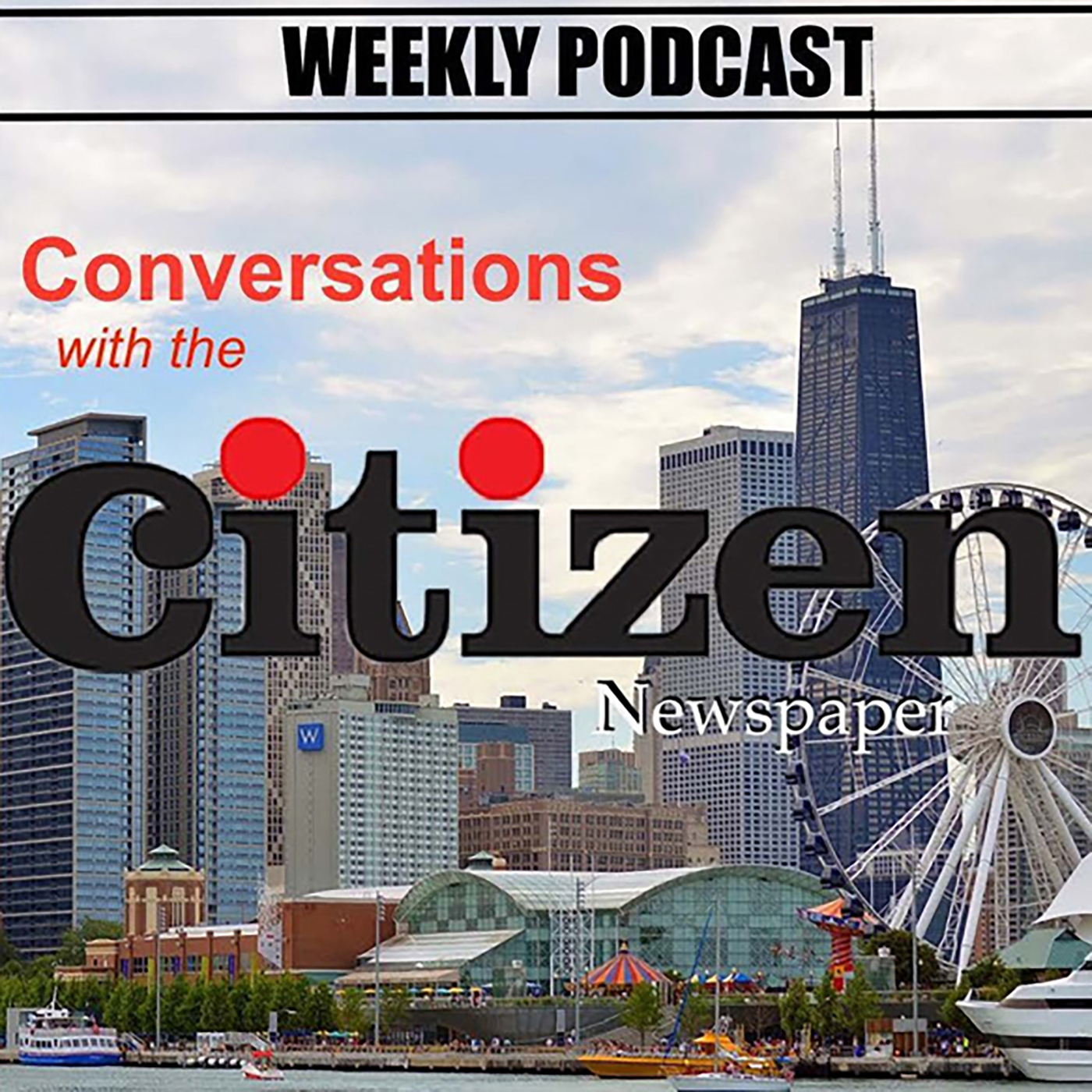UIC Study Show Stark Changes in Chicago Neighborhood, Calls for Solutions
With just one quick look around Chicago neighborhoods, one will immediately realize the stark differences in neighborhoods, where some are blighted, as others are changing its racial makeup, while others are prospering and growing. A recent University of Chicago study has highlighted these issues.
The study released last month, by UIC’s Voorhees Center for Neighborhood and Community Improvement, titled, “The Socioeconomic Change of Chicago’s Community Areas (1970-2010),” centers on gentrification and finds that more Chicago neighborhoods are declining than gentrifying as laid out in a press release on the study’s findings.
The report notes the greatest changes by decade noting that from 1970-1980: The Chicago Loop area and Lincoln Park showed significant upgrades, while the Austin community experienced significant decline.
From 1980-1990, according to the study, the North Center showed moderate growth while Rogers Park and New City declined — the second consecutive decade of decline for New City, an area that includes the Back of the Yards and Canaryville neighborhoods.
From 1990-2000, eight areas declined on the South Side, particularly Chicago Lawn. Significant upgrades occurred in West Town and Near South Side, along with a more moderate upgrade in Lincoln Square.
2000-2010: For the first time, more communities saw positive change than negative. The Near West Side community area underwent the greatest upgrade due to new housing. Near South Side and West Town saw a second consecutive decade of growth, becoming upper-status communities.
“(From 2000-2010) This decade in particular deepened the divide between rich and poor in Chicago,” observes Janet Smith, lead author of the report and Voorhees Center co-director.
A 2010 map highlighted in the report, illustrates a city starkly divided, with high-scoring neighborhoods concentrated almost exclusively on the North and near-West sides of the city and low scores concentrated on the city’s South Side.”
High-status community areas grew from 18 to 23 over the four decades, while low-status areas grew from 29 to 45. Middle-status areas had a shocking decrease, from 30 to 9, coinciding with the loss of jobs and families moving to the suburbs, the researchers suggest.
The greatest gentrification occurred in the Loop and adjacent areas of the North and West sides. Other gentrifying areas lie along the Chicago Transit Authority’s Red and Blue train lines.
By contrast, large sections of the West and South sides farther from the Loop have been “hollowed out,” according to the researchers.
“A combination of things happened,” said Smith. ”Higher-income people continued to move into the city and spread from downtown west and north; middle-income families moved out; and income stagnated or declined among lower-income workers who remain near or below poverty level. We hope that our findings will prompt policy makers, elected officials, philanthropists and others invested in Chicago’s neighborhoods to work together toward creative solutions for balanced healthy neighborhood development and quality of life,” Smith added.
Latest Stories
- Reminder: Taxes are due December 15, 2025. Pay now to avoid late fees. Struggling financially? Our Payment Plan Calculator is a tool you can use
- TWO GOVERNMENTS TO FORMALIZE HISTORIC PARTNERSHIP IN ADDRESSING MENTAL HEALTH CRISIS DURING THE HOLIDAY SEASON
- Trump's Policies Negatively Target Women
- Assessor Kaegi, South and West Side Community Leaders Urge Legislature to Pass Property Tax Relief, Condemn Board of Review's Large Breaks for Downtown Commercial Properties
- State Farm and The Salvation Army Launch National Donation Drive to Support Families This Holiday Season
Latest Podcast
Stacy Davis Gates



